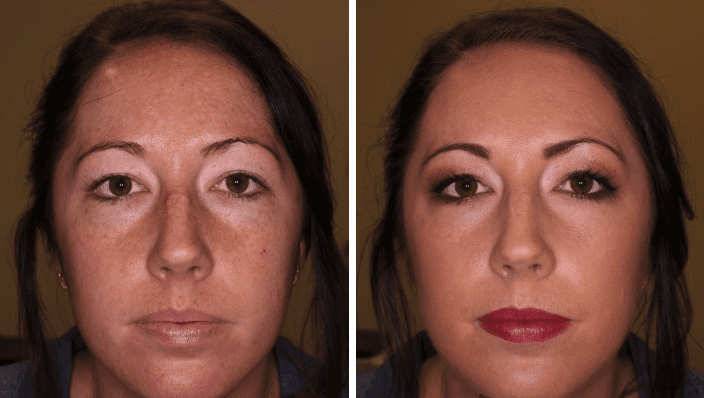Creative Image Laser Solutions
Cosmetic Specialists
Welcome to Creative Image Laser Solutions. Our mission is to provide solutions for your aesthetic, cosmetic, and skincare needs. We employ only modern technology with a proven track record in order to ensure the results you desire. At the same time, we adhere to the highest safety standards. Dr. Gary Butka and the well-trained staff of Creative Image Laser Solutions take great pride in providing the best procedures and high-quality treatments. With convenient locations in Brownwood and Abilene, our team is proud to serve patients in Texas, helping them achieve outstanding results.
The Benefits of Aesthetics Treatments
From wellness treatments to non-surgical cosmetic enhancements, filler injections to skin resurfacing, aesthetics is focused on improving your overall appearance in natural, effective, and efficient ways. Aesthetics can provide the following benefits:
- Increase in confidence and self-esteem
- Non-surgical options for patients of all ages
- Natural-looking results
- Enhancing the beauty you already have
- Long-term skin health
- Personalized treatment plan
- Improvement in wellness and well-being
Find the Treatment That Is Right For You
Dr. Butka leads a team of highly-trained aesthetics professionals who are dedicated to customized patient care. During your consultation, your history, current condition, aesthetic goals, and any concerns will be analyzed and dressed to determine the best treatment that can help you achieve the look you desire.
Schedule a Consultation with Creative Image Laser Solutions
Don’t wait to schedule your consultation with us today. Find the right treatment for you by clicking here. To find out more about any of our treatments, call (325) 641-1927 or visit our office location in Brownwood, TX. We look forward to meeting you!
What Patients Have to Say About Us
The staff is excellent and sees to your every comfort during any procedure. I’m seeing amazing results and especially appreciate all my questions being answered at any time before and after treatment. – Sylinda M.
Doc Butka and his staff are awesome! I feel like a new me:) – Anonymous
I always enjoy going to Creative Image. The staff is very professional, and they have everything you need plus more. – Sandra H.
I always feel like I am the only patient you have. It is a real treat to be taken care of in such an understanding manner. The first of cess. Of more importance, Dr. Butka does all the right things as well as doing the procedures right. I have full confidence in him and everyone who represents him in this practice and the services I receive. – Ella B.














